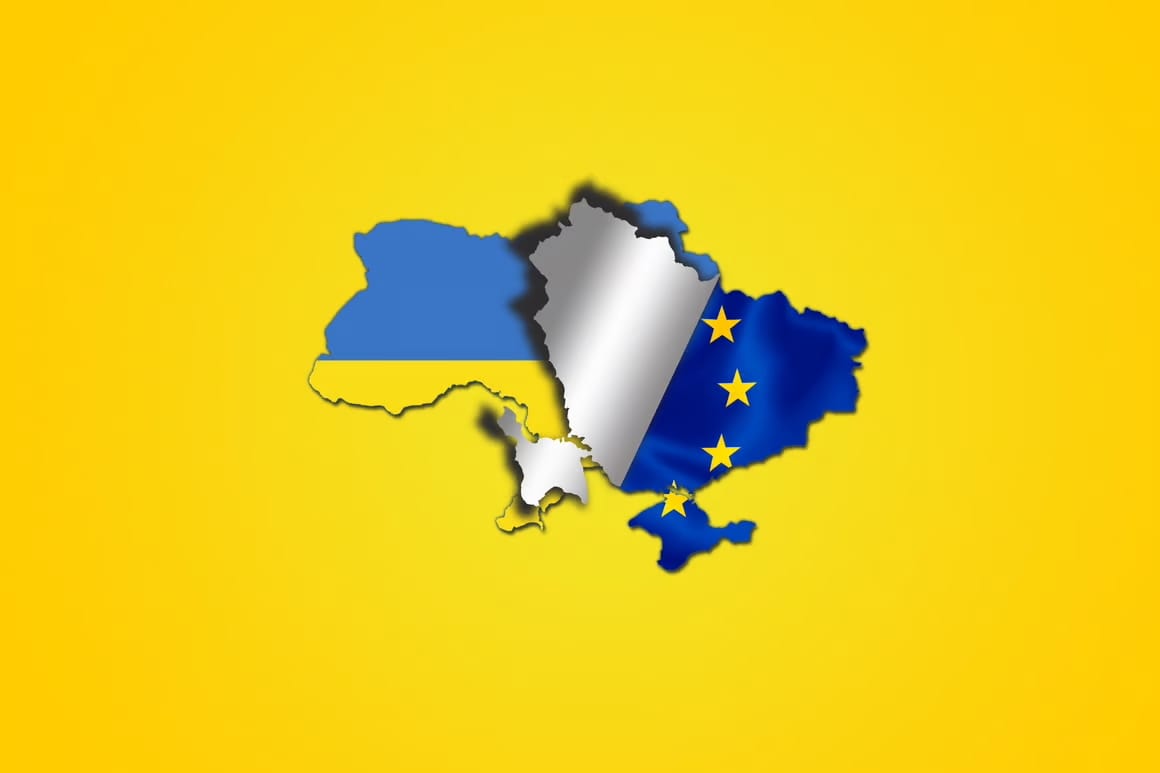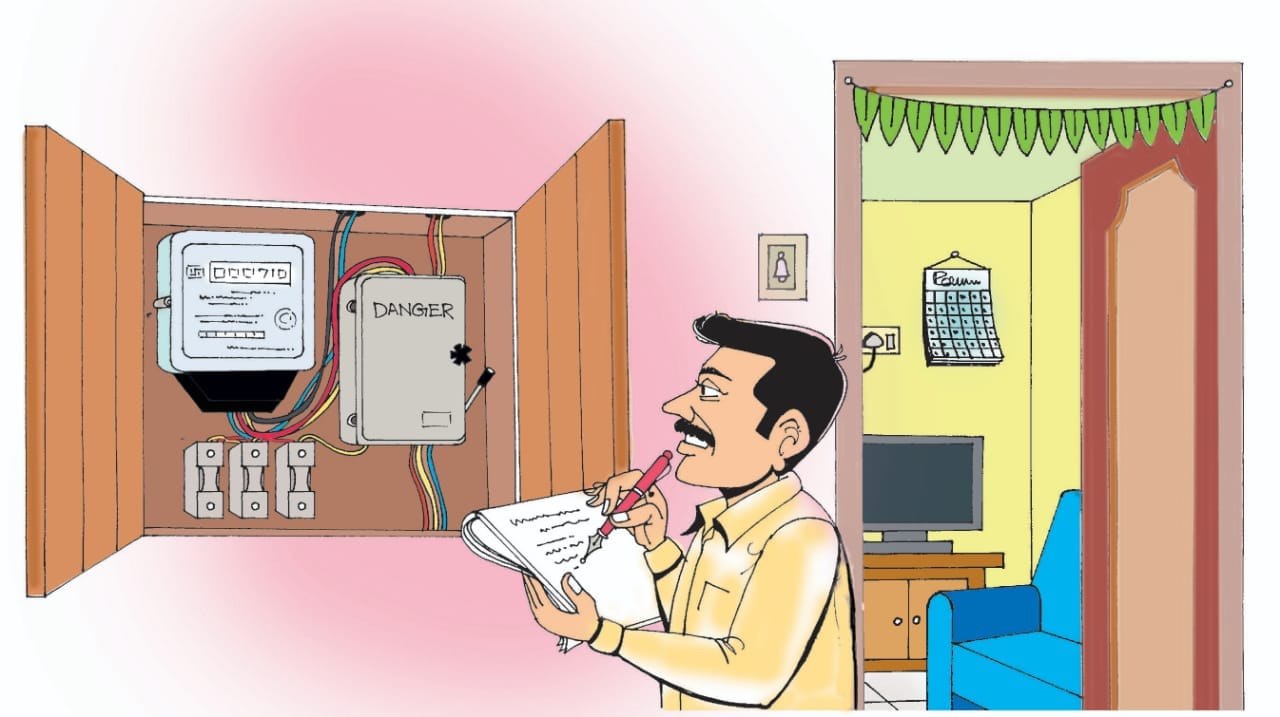The war’s origins trace back to 2014 when Russia annexed Crimea following pro-EU protests in Kyiv, which led to conflict between Russian-backed separatists and Ukrainian forces in Donetsk and Luhansk. Tensions escalated in late 2021 as Russia massed troops near Ukraine’s borders, demanding security guarantees from NATO. When diplomatic efforts failed, Russia launched a full-scale invasion on February 24, 2022, citing security concerns and alleged persecution of Russian speakers. Initial assaults targeted Kyiv, but after failing to seize the capital, Russian forces withdrew in April, refocusing their offensive on eastern and southern Ukraine, where as of 2024, they occupy around 20% of Ukraine, having gained over 4,000 square kilometres.
Tag: Energy Policy
India’s Power Sector: The ‘Current’ State of Affairs
Today, India is a power surplus nation with an installed generation capacity of 452 gigawatts. Even then, power shortages frequently occur in rural and urban regions. The total energy demand in India is set to increase by nearly 35% by 2035 in the STEPS, and electricity generation capacity nearly tripled to 1400 gigawatts. Hence, initiatives are being taken to bring about comprehensive reforms in the power sector. These are aimed at attracting investments in the sector and thus turning it into an efficient and sustainable industry.
Why isn’t the United States Using its Oil Reserves?
The United States’ oil reserves, particularly the Strategic Petroleum Reserve (SPR), have played a crucial role in the nation’s energy security strategy since its establishment in 1975. The SPR, located in underground storage facilities in Texas and Louisiana, serves as a vital emergency stockpile of hundreds of millions of barrels of oil, ready to be utilised in times of crisis. Over the years, the U.S. government has maintained this reserve to shield the country from energy disruptions caused by various events, such as natural disasters, military conflicts and geopolitical tensions.


